Singapore – Arab Street and Garden by the Bay
A true melting pot and meeting point of several large ethnic and religious groups, Singapore can pride itself on being a multi-ethnic and forward-looking society. Arab Street is a perfect example of this, to the point where one would almost forget to be in the small city-state.
T
he cab drives at full speed, a little before sunset. Outside, the landscape passes by and the streetlights illuminate the cockpit with an almost hypnotic frequency. The taxi, driving on the left, weaves its way between beautiful German and Japanese cars as well as small vans filled with workers in the back, undoubtedly those left behind by the growth.
One thing catches our attention as we get closer to the city center: it’s clean. Maybe too much so. Everything is straight, in its place, without superfluous, well aligned. As if someone had mechanically duplicated the trees, the roads, the buildings to place them in a perfect grid. Singapore, at first sight, has nothing to do with its close neighbor Malaysia. The cab continues on the highway towards Reflections at Keppel Bay, where we will stay for the last step of this trip in Malaysia and Singapore. Two days to discover the city-state of Singapore, at the southern tip of the Malaysian peninsula and next to the Malacca Strait.
Looking out of the cab window, the illuminated towers of the city center appear, majestic and modern. A little off-center and away from this jungle of skyscrapers, we see the famous Marina Bay Sands, which has become the symbol of Singapore and its dazzling success. The highway runs along the sea and makes an arc between the city center and the Marina Bay Sands, which gives an exceptional view of Singapore, resolutely a modern and future-oriented city. Less impressive, the towers of Keppel Bay are finally visible after a thirty-five minutes cab ride and almost as many dollars. We have left Malaysia. Reflections at Keppel Bay is probably one of the most expensive resorts in Singapore and is located right next to the marina with the same name. The only word to describe these residences is “luxury”, and they seem to be the favorite place of rich expatriates working in Singapore or for foreign companies. Luckily we know one of them.
From the depths of the Malaysian jungle…
The same morning, we were still in Taman Negara in Malaysia to contemplate the sunrise on the jungle and its bewitching mist. In the lost village of Kuala Tahan, southern entrance of the park Taman Negara and starting point of the trekking in the park, it is possible to go to the tourist office to book buses either to continue towards the north of Malaysia, or to return to Kuala Lumpur via Jerantut. The return trip from Taman Negara to Kuala Lumpur is smooth and takes a few hours, although the bus is probably not of the latest generation. Unfortunately, during this crossing in the heart of Malaysia, it is easy to notice the devastation of the primary forest for the benefit of palm oil plantations, one of the first “industrial wealth” of Malaysia. With the morning mist, it was almost a landscape of end of the world and a real desolation. All its hills are bare to accommodate future and gigantic oil palm plantations. At the Bersepadu Selatan bus station in Kuala Lumpur, the Starmart Express company and many others offer a one-way ticket to Singapore for only twenty-five euros. The buses are incredibly comfortable, with massaging and reclining seats and plenty of legroom. This is without a doubt the best bus in the two weeks of travel we took
… to a consumer showcase
Singapore is an independent city-state since 1965 from the Malay confederation (now Malaysia) following the laws favoring the Malay and Islamic people. These laws were created to counter the influence of the Chinese population in the economy of the confederation, while a majority of Chinese were living in Singapore. Since then, Singapore has been led (with an iron fist) by Lee Kuan Yew and has experienced during this period an exceptional growth which makes it one of the four dragons of Asia (with Hong-Kong, Taiwan and South Korea). Its economic and especially financial model was adapted from Switzerland, which gave it its reputation as the “Little Switzerland of Asia”. Indeed, prices are high for most attractions and everyday life, almost equivalent to those of its Swiss model. This makes it one of the most expensive cities in the world. Fortunately, salaries are also much higher than all its neighbors around, and even in France.
The first impression that Singapore leaves is its cleanliness. This is mainly due to the so-called “incivility” fines. Behaviors that seem almost normal in France are considered as very bad in Singapore, and the fines are very often aberrant, going from several hundred euros to several thousand for the most serious offences. There are many examples of fines: spitting in the street, importing or possessing chewing gum, eating in the MRT, throwing cigarette butts or other garbage in the street, not flushing the toilet in public toilets etc. Singaporeans are proud of the city’s cleanliness, and they will not hesitate to give heavy fines to those who do not respect the established rules. So beware before drinking your favorite beer in the subway!
Garden By The Bay, the other side of Singapore
As far as discovery is concerned, two days seem to be enough to discover this cosmopolitan city. After an evening spent cooling off in the swimming pool of the complex and chatting in the gigantic jacuzzi just a step away from our apartment, our first discovery of Singapore is the Arab Street. Located along the Victoria Street, Arab Street is in fact composed of ten small roads. It is in this district that the Arab merchants who came to Singapore over the centuries settled. Here and there, some walls are entirely decorated with huge frescos that will delight tourists and bars that manage to lure them inside. Carpet stores, gadget shops, spice shops and hookah bars can be counted by the dozen in this district, which becomes the perfect place to bring back a small souvenir from Singapore and to relax in the evening after work. But apart from shopping, Arab Street doesn’t offer a lot of activities. After buying some souvenirs, we realize that the Sultanate Mosque is closed. So we decide to pass our way and go to visit a must in Singapore: the Garden By The Bay.
Garden By The Bay is a park and garden located in the south of Singapore. In this place are grouped two gigantic Biomes or macroecosystems, that is to say domes in which are reproduced entire ecosystems. The Flower Dome and the Cloud Forest have no less than two hundred thousand species of rare and endangered plants. One reproduces a tropical jungle, the other a temperate forest. You will have to pay about twenty-eight dollars to be able to admire the interior of these gigantic domes. Outside are the “supertree groves”, which can reach over fifty meters in height and mimic all the functions of an authentic tree: water collection, photosynthesis etc. To the east of the park it is possible to see the entire city and offers one of the most popular viewpoints in Singapore, especially at night. A few hours are enough to stroll around the Garden By The Bay. Especially after a three days trek in the Malaysian jungle, this one seems a bit artificial.
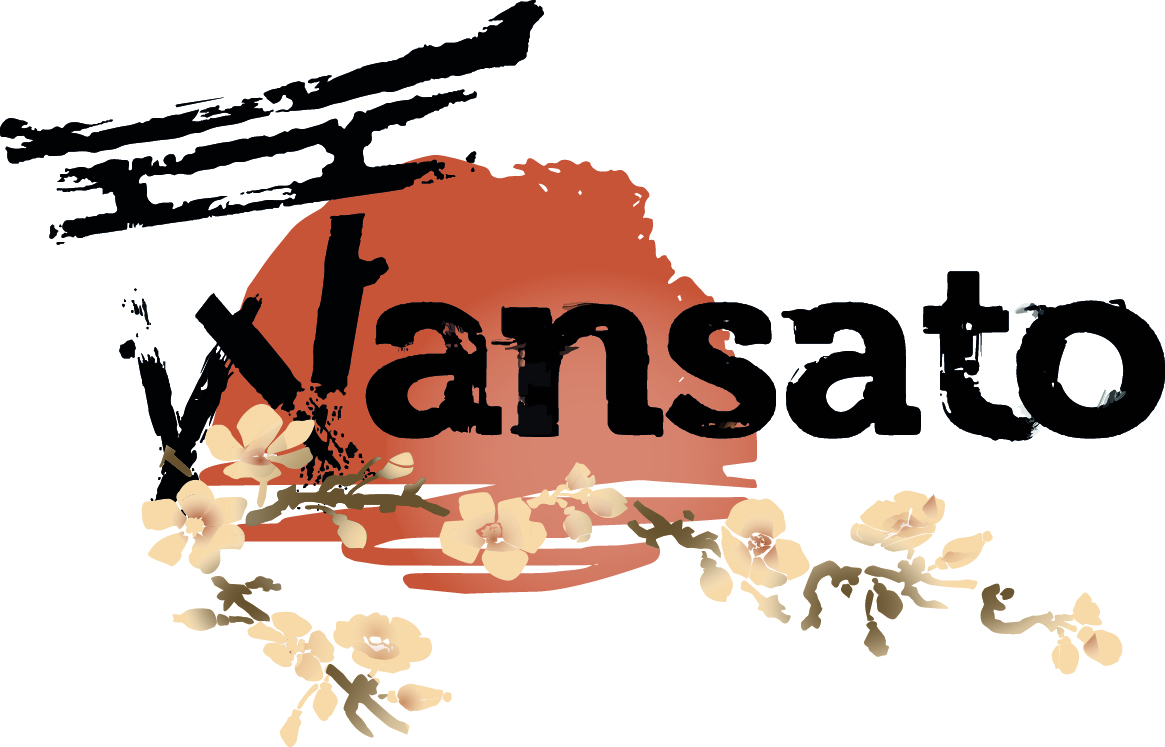
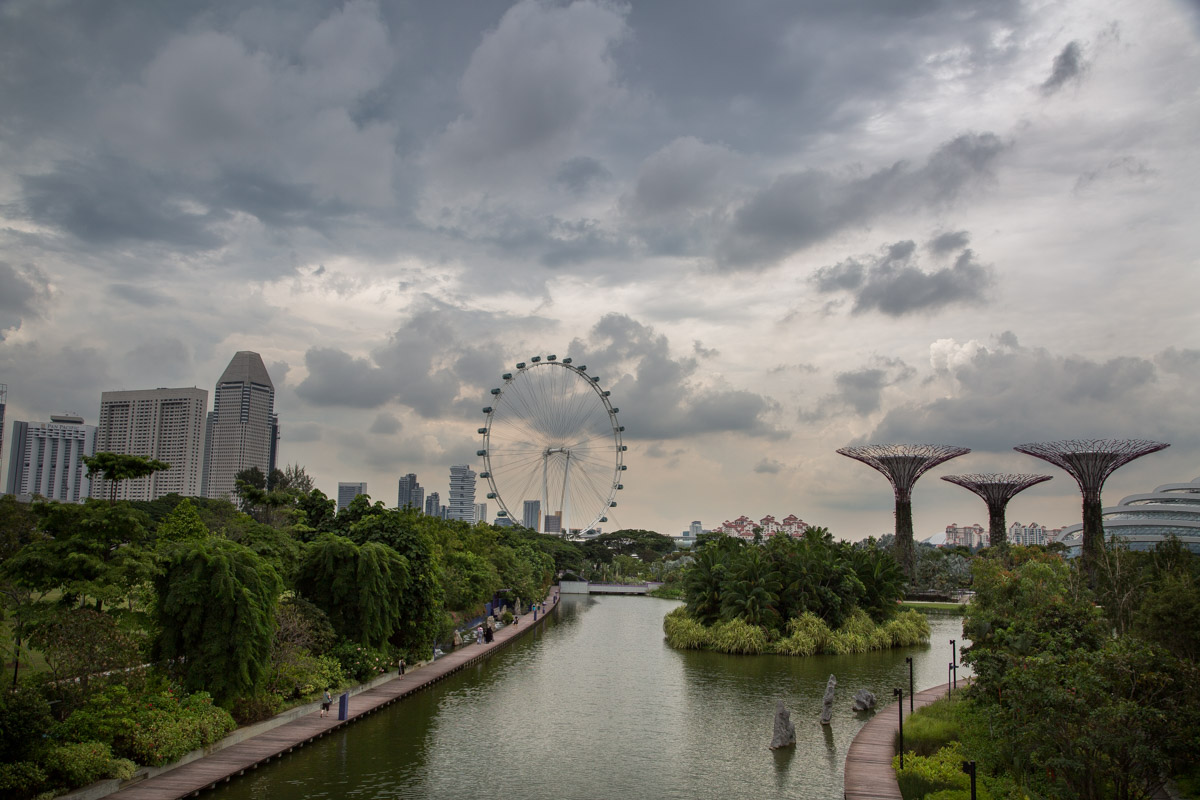
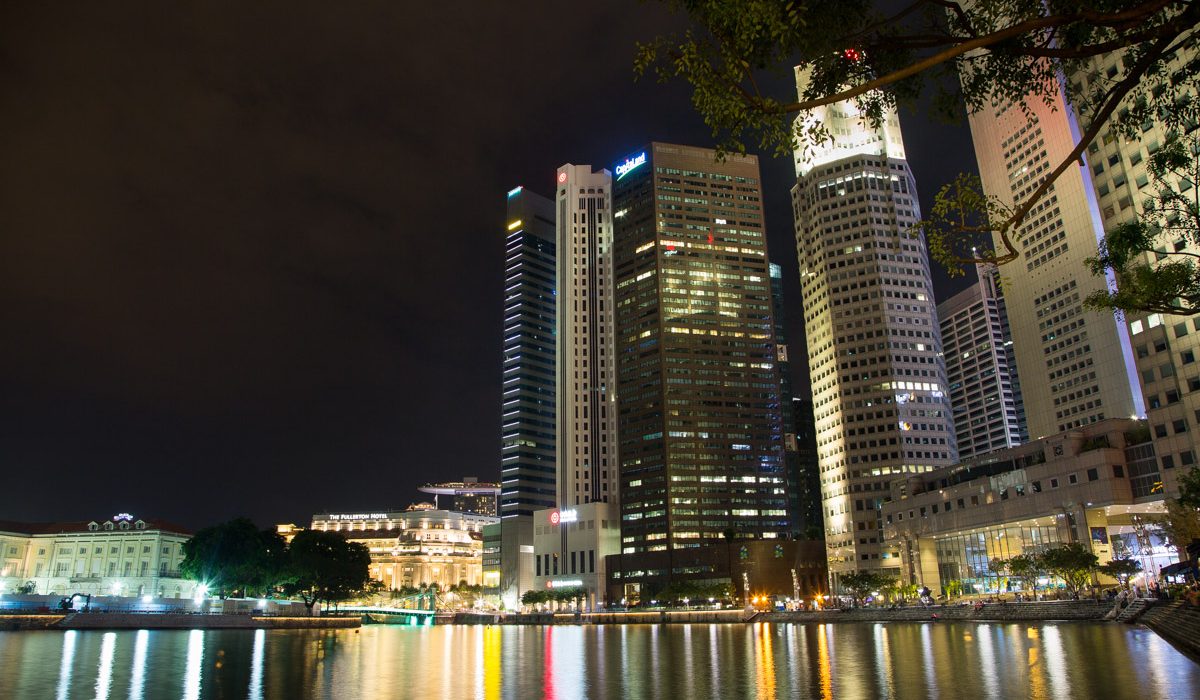
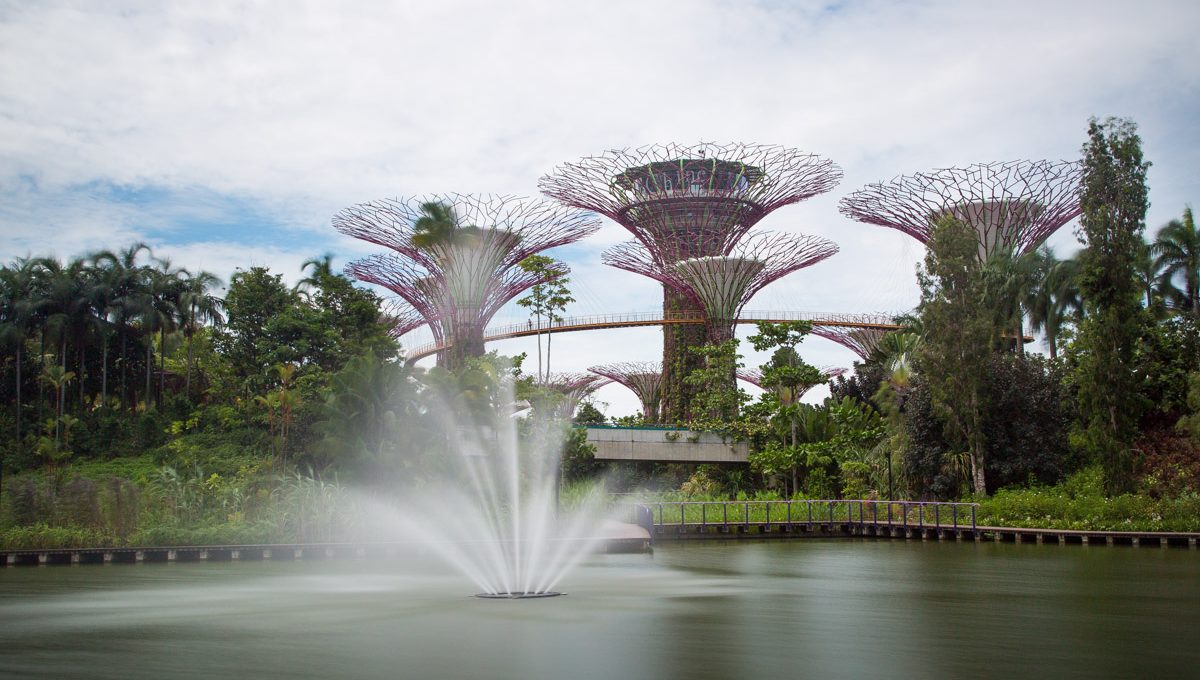
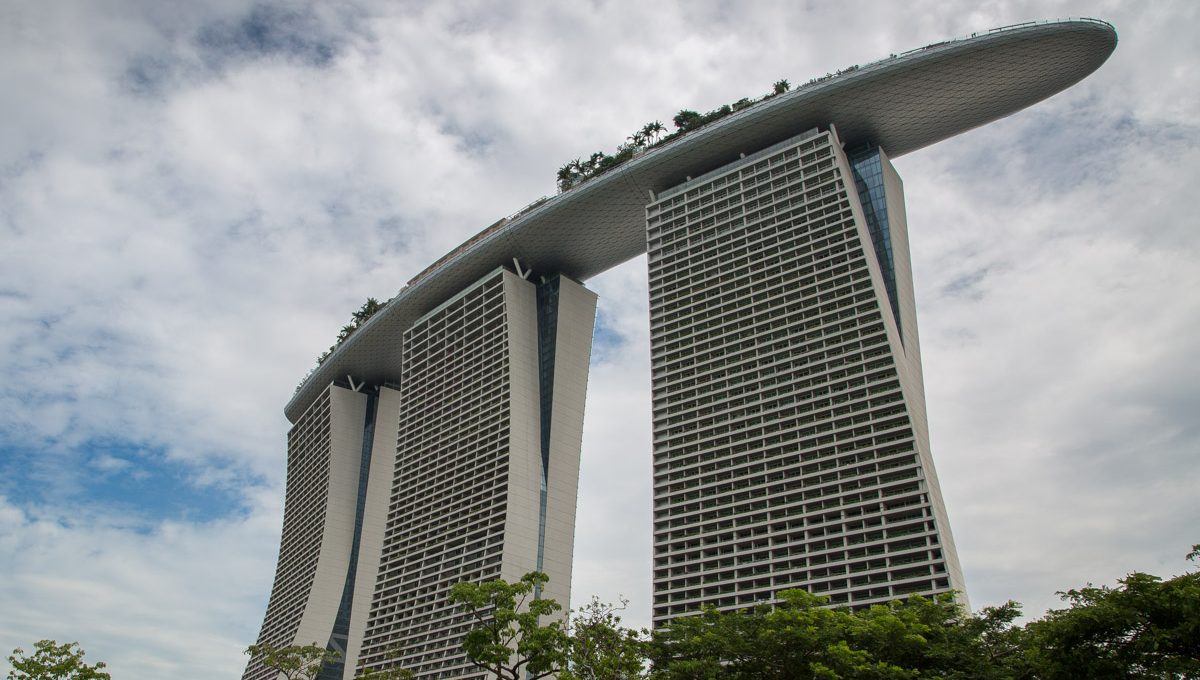
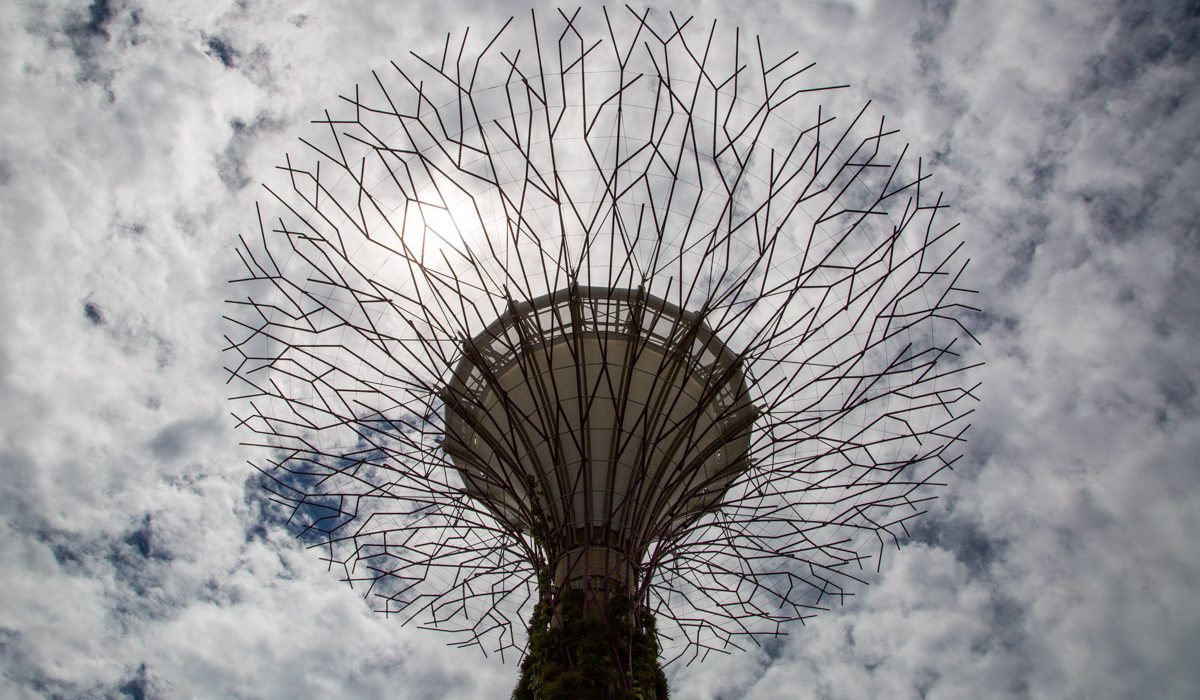
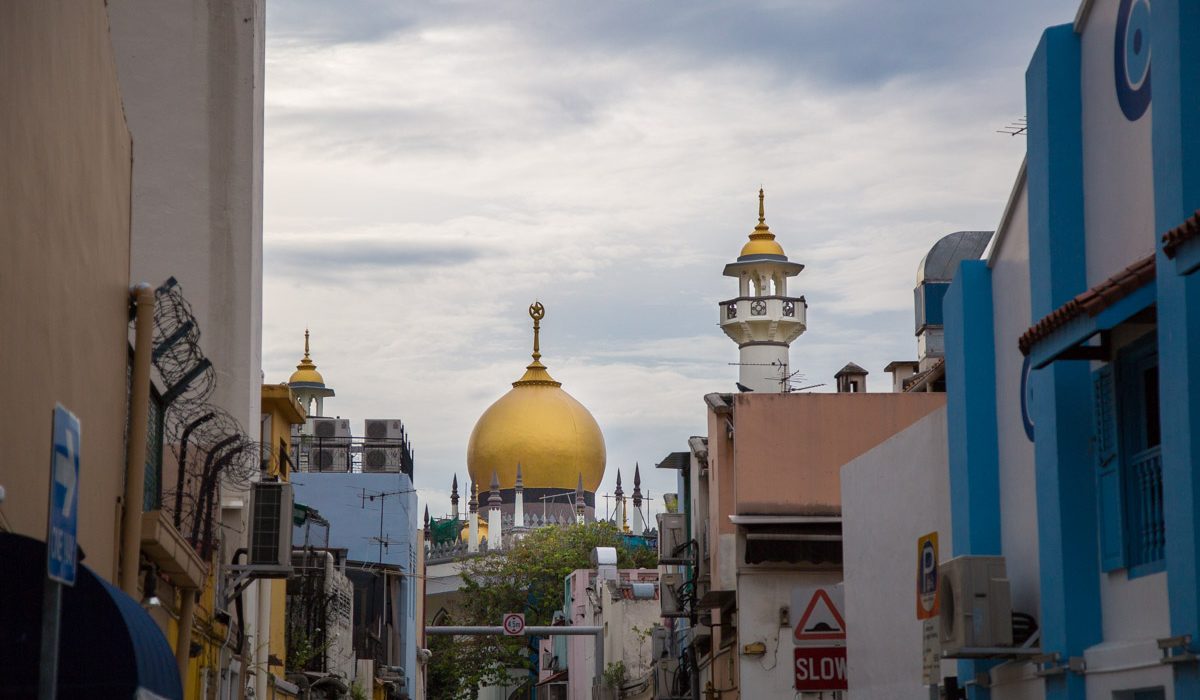
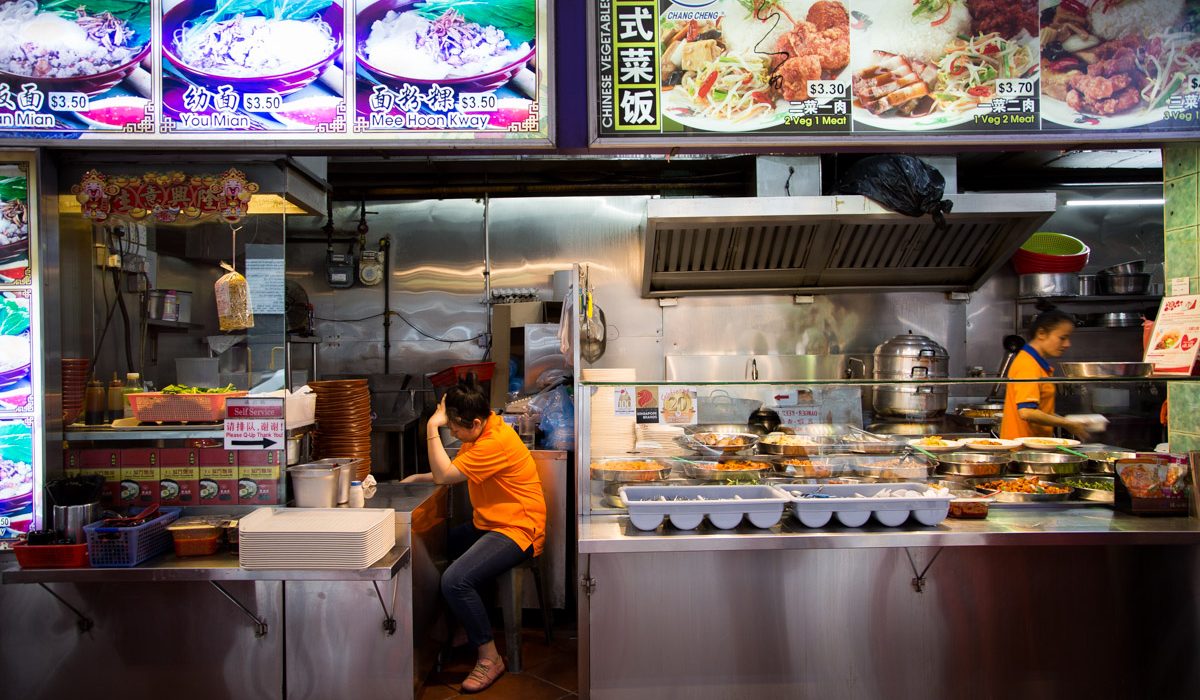
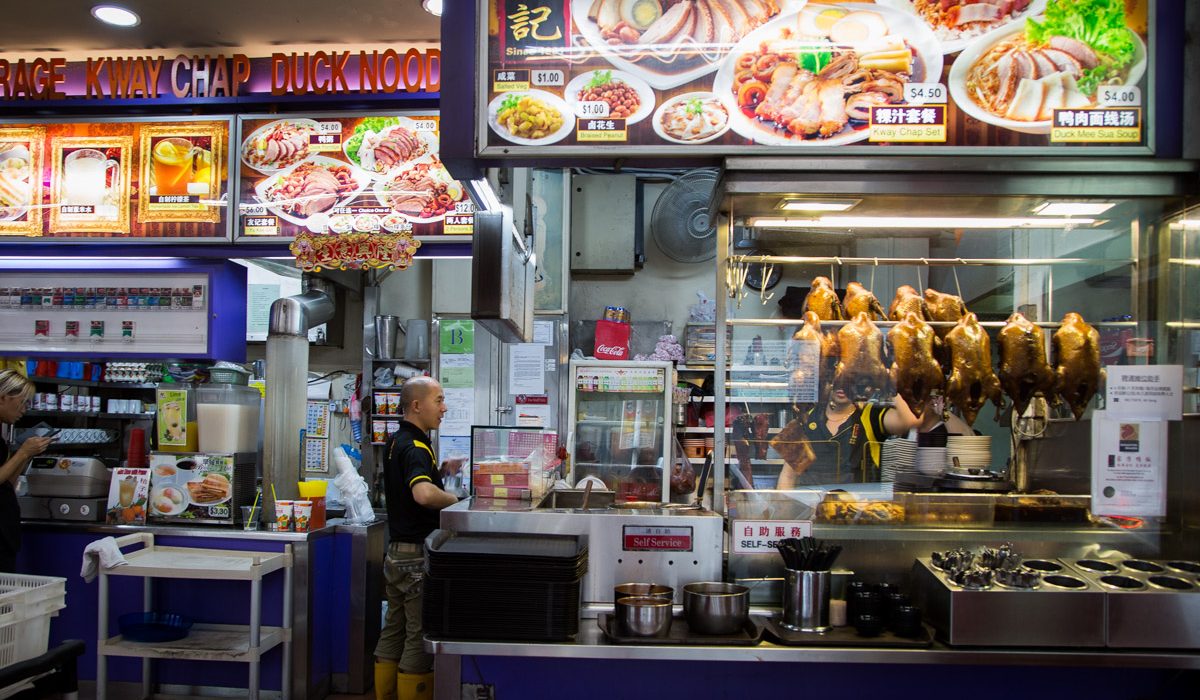
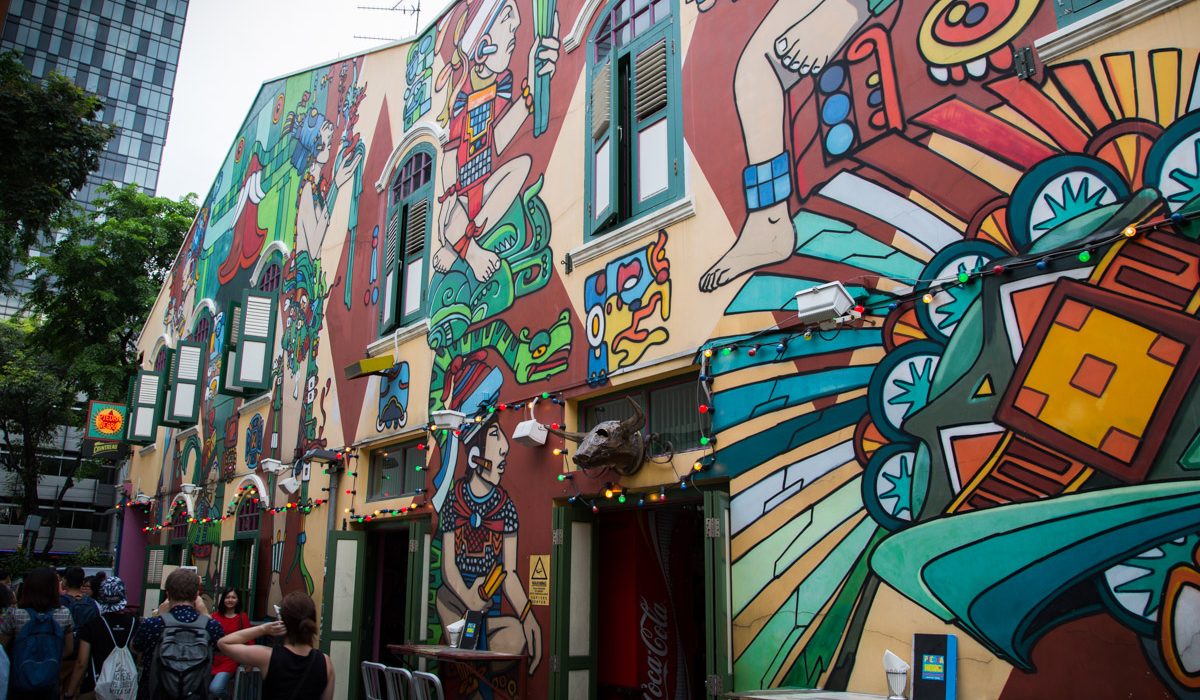
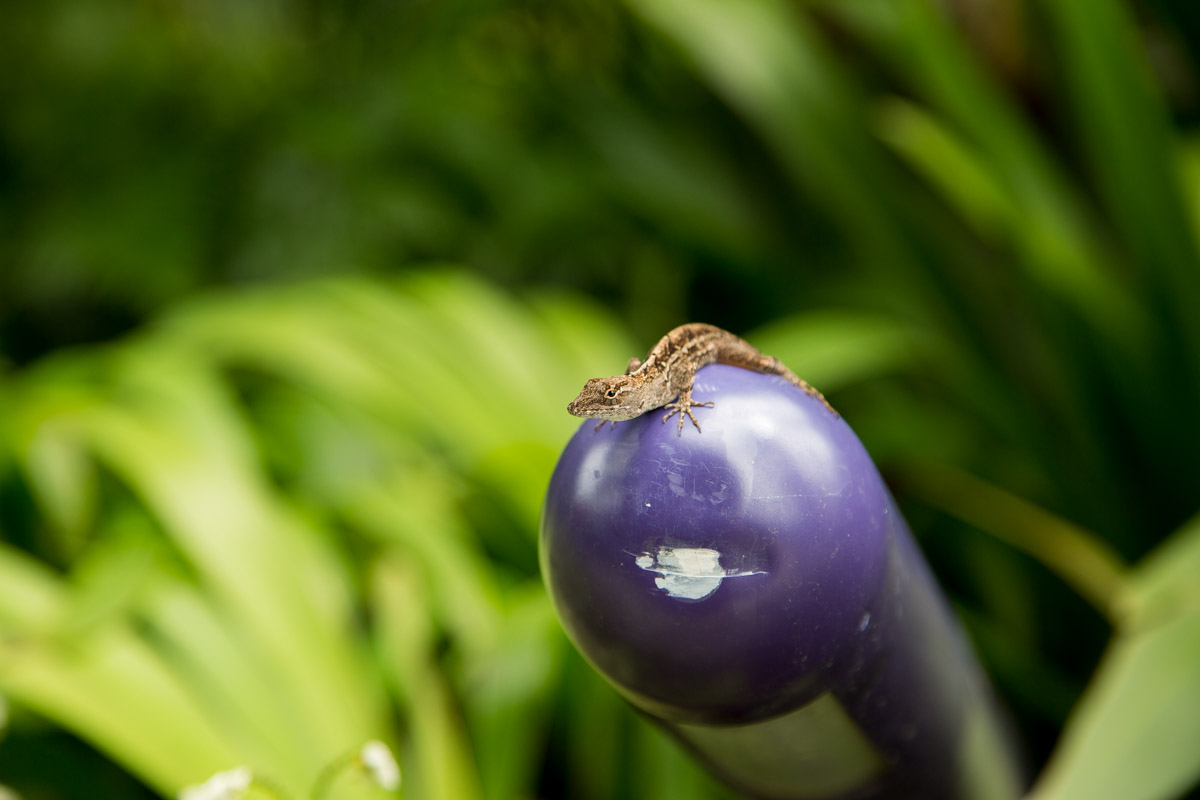
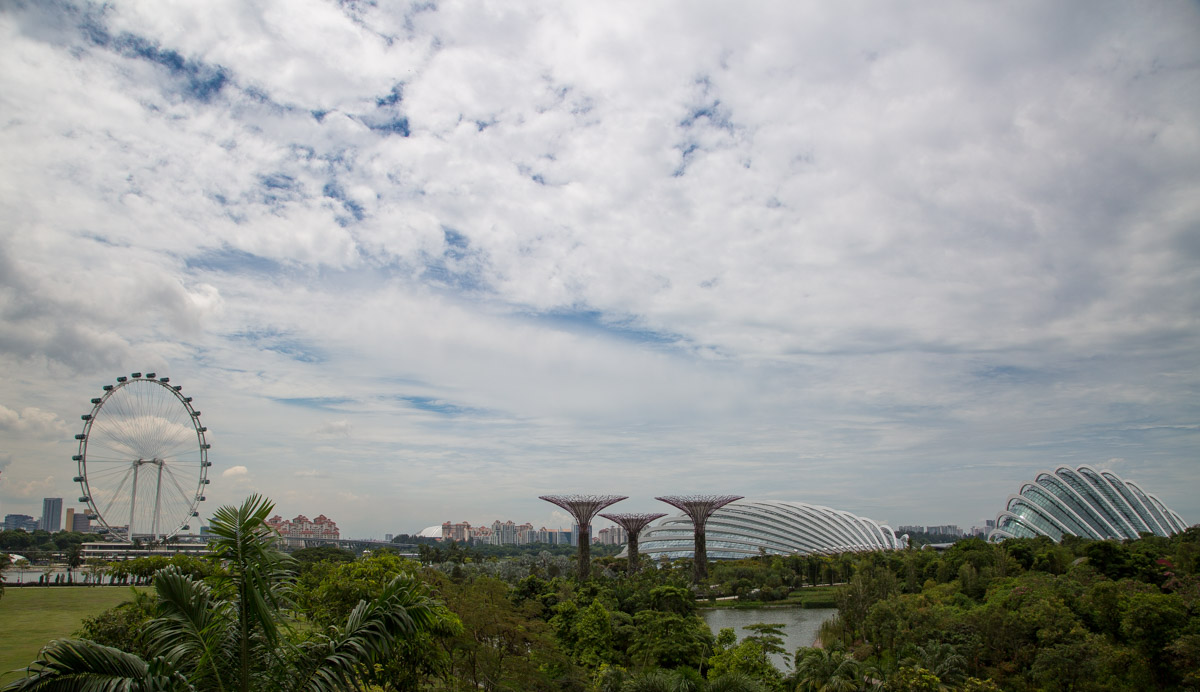
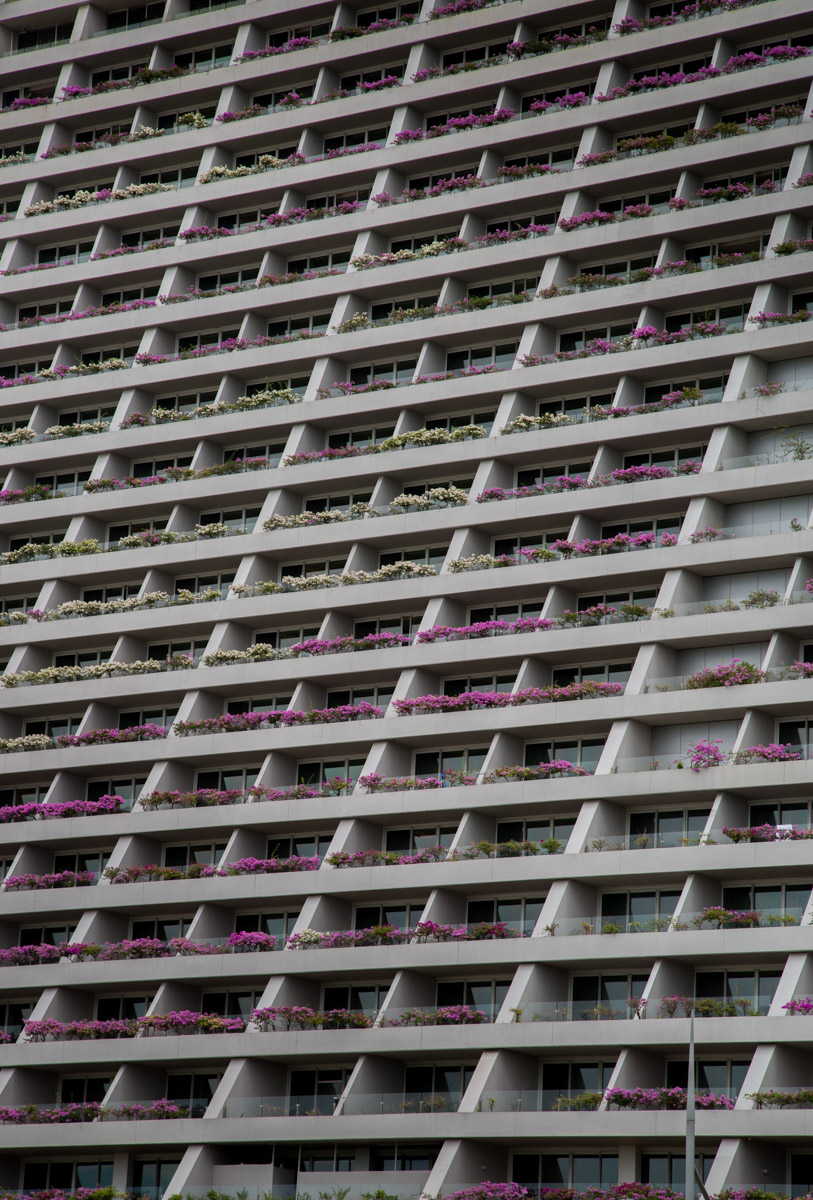
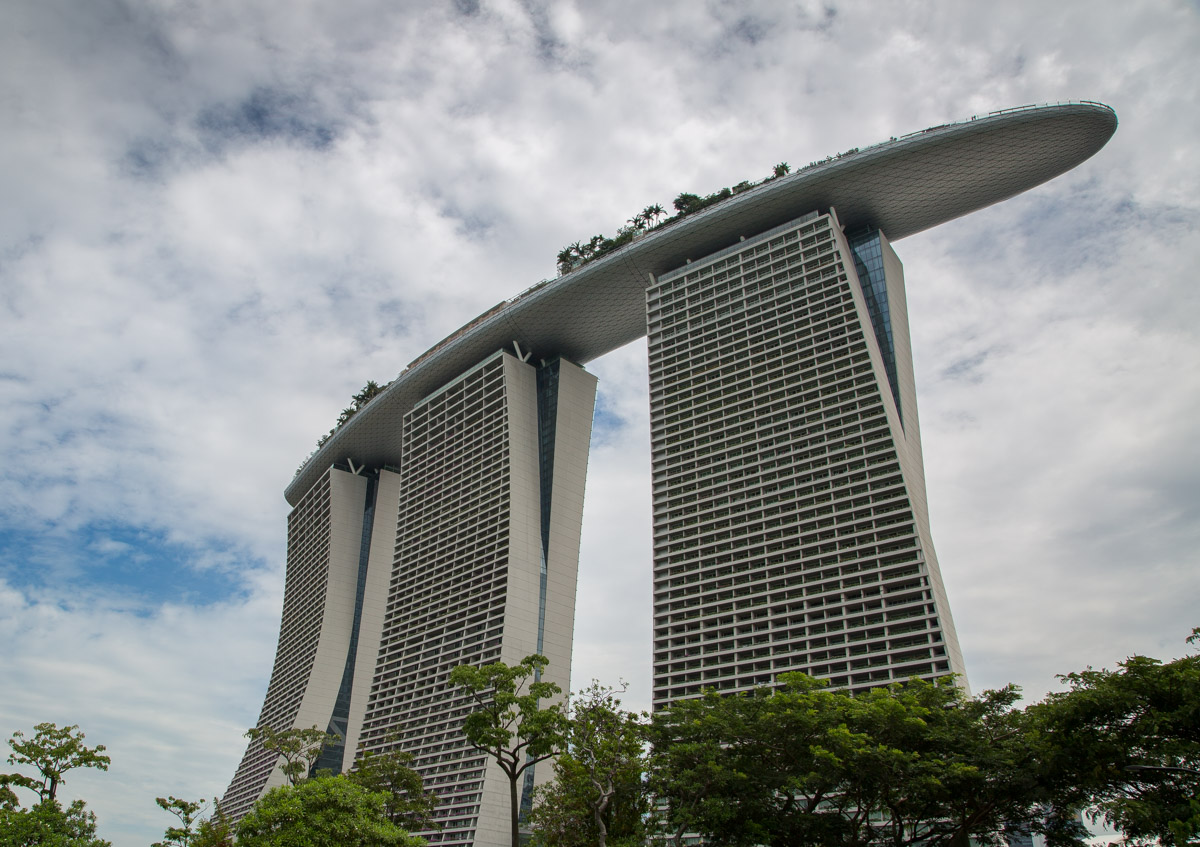
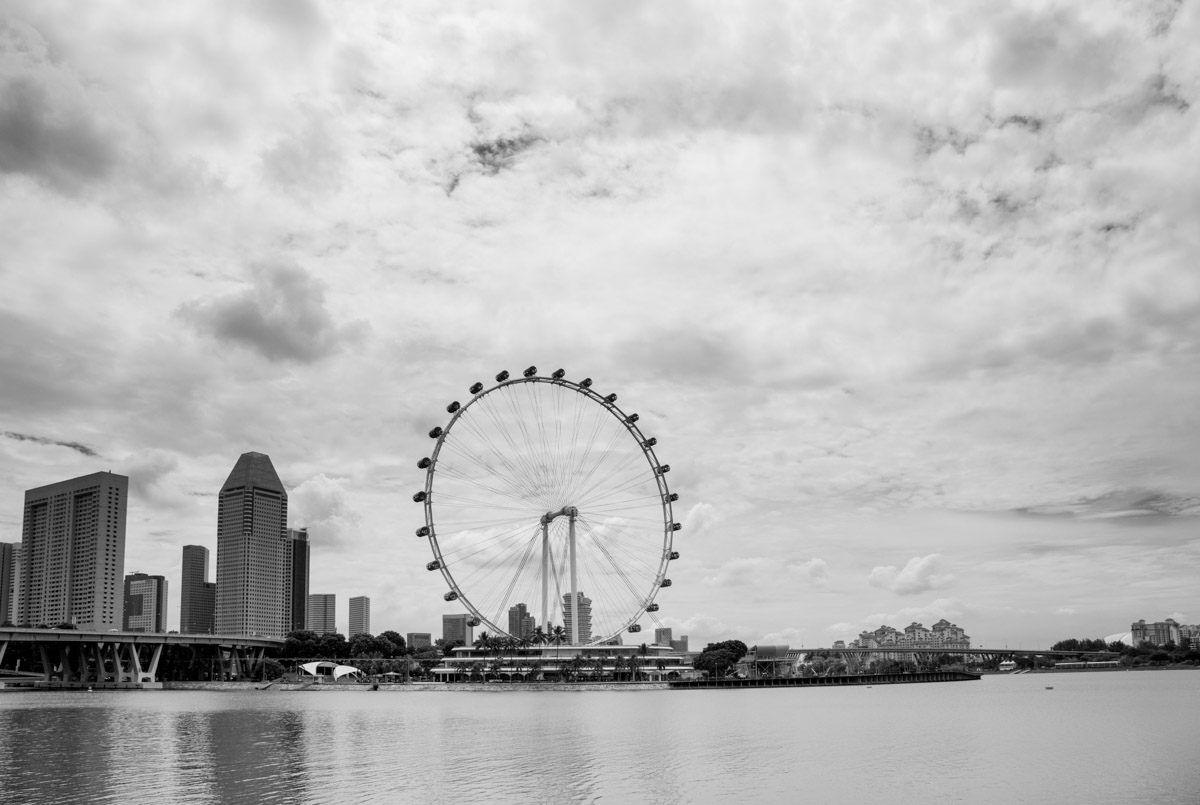
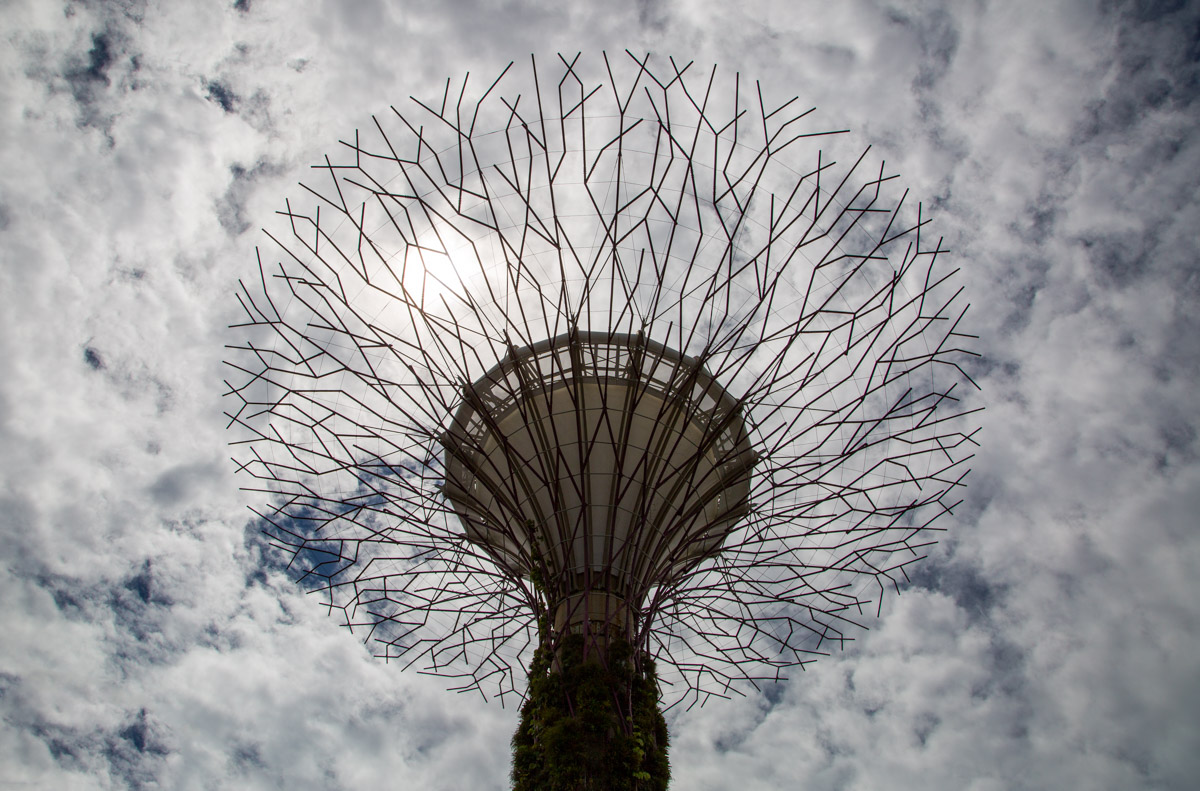
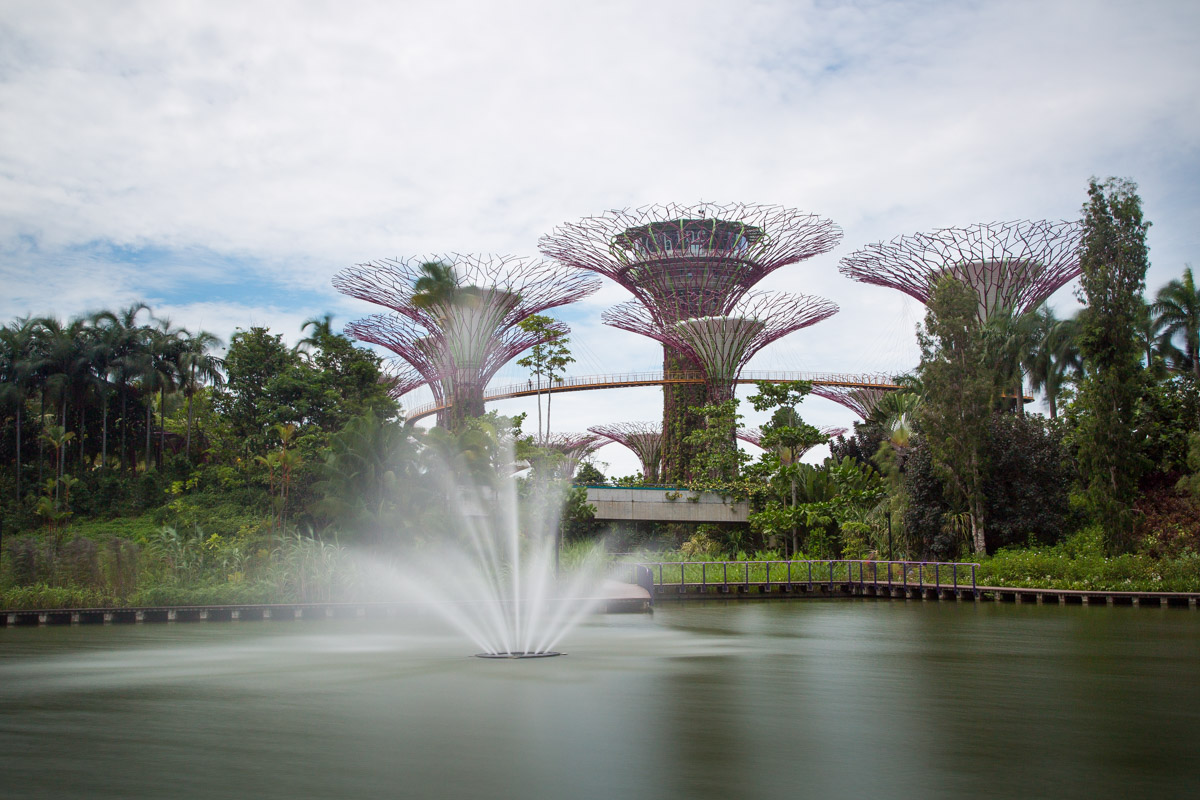
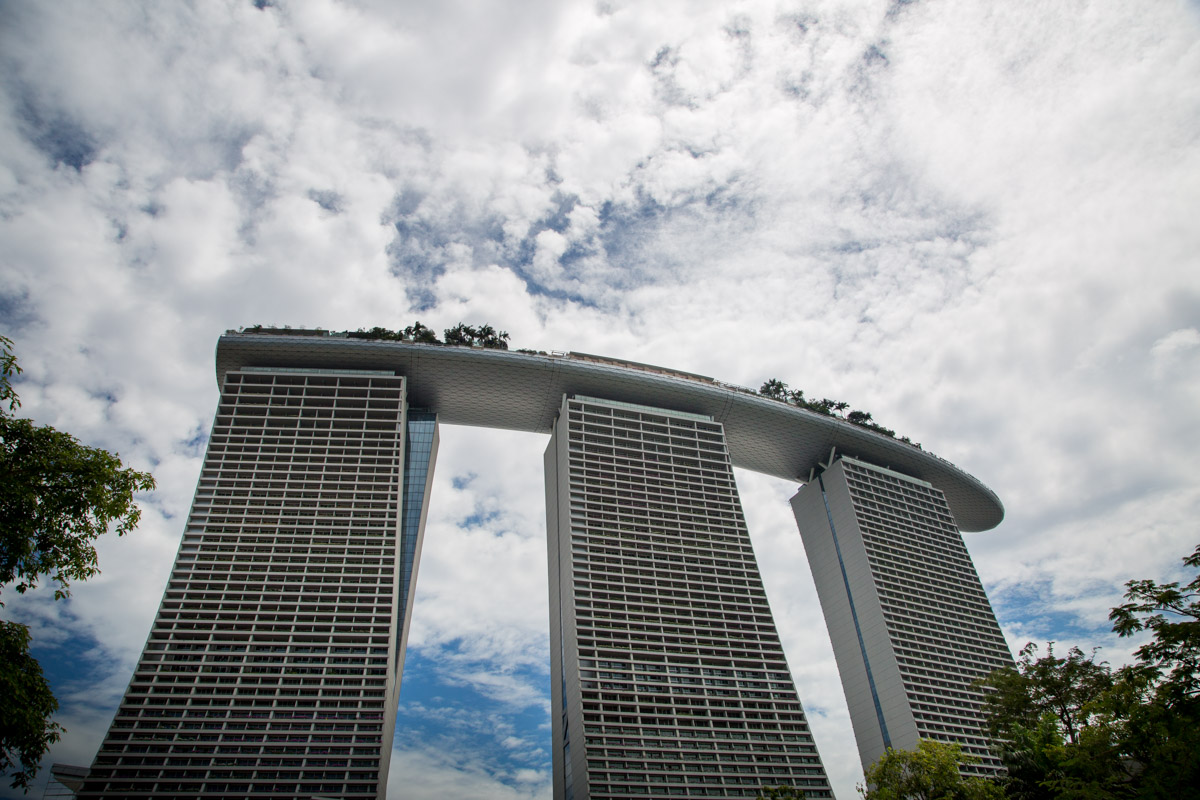
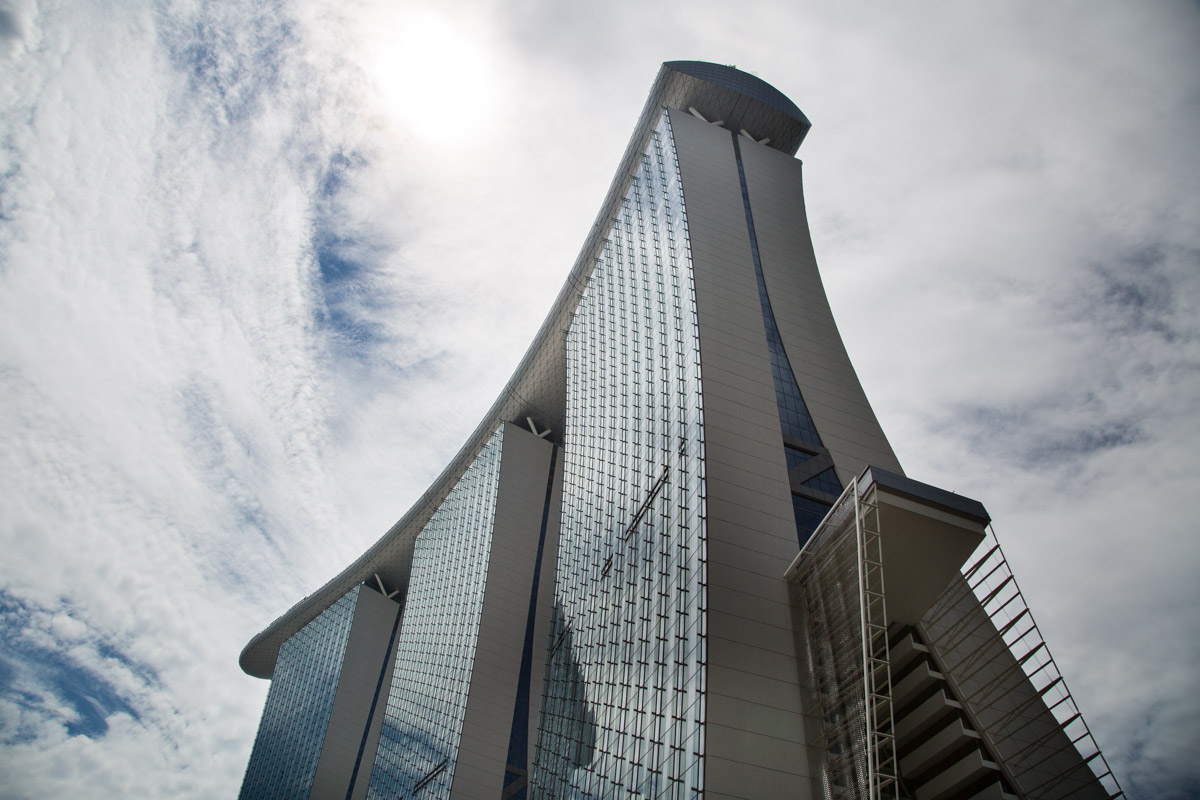
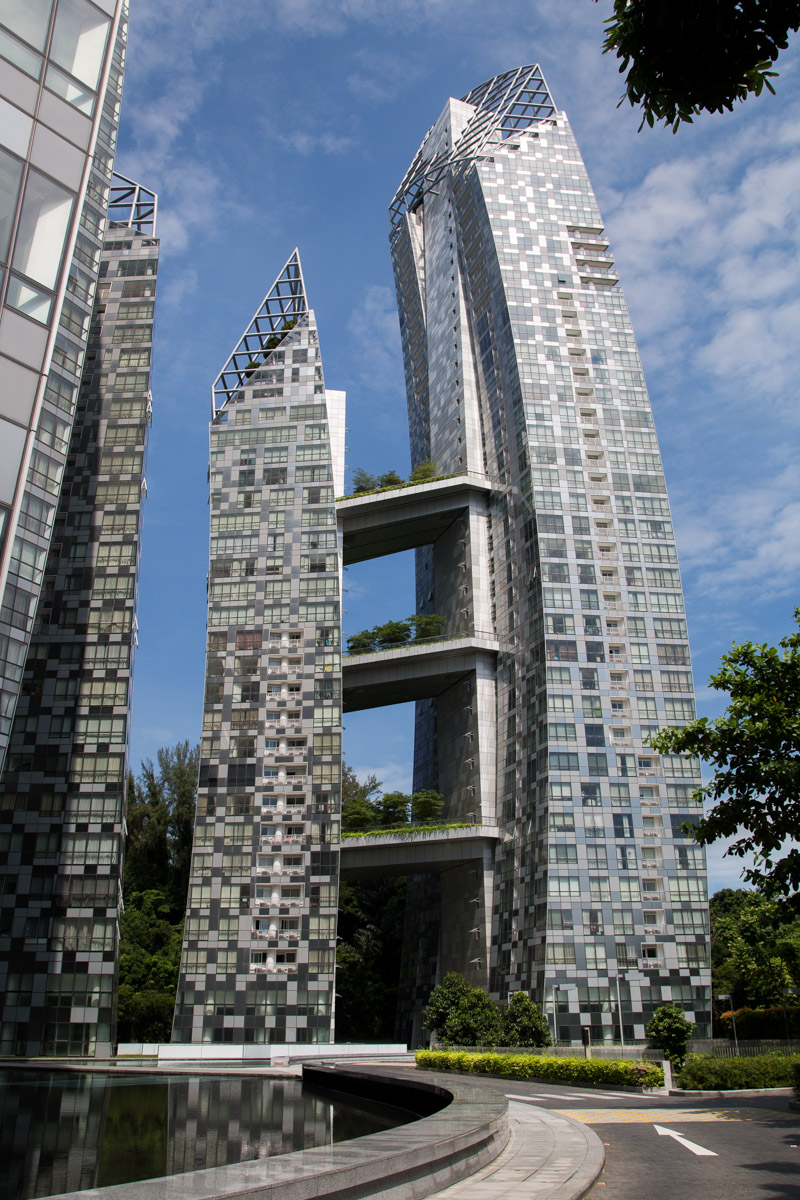
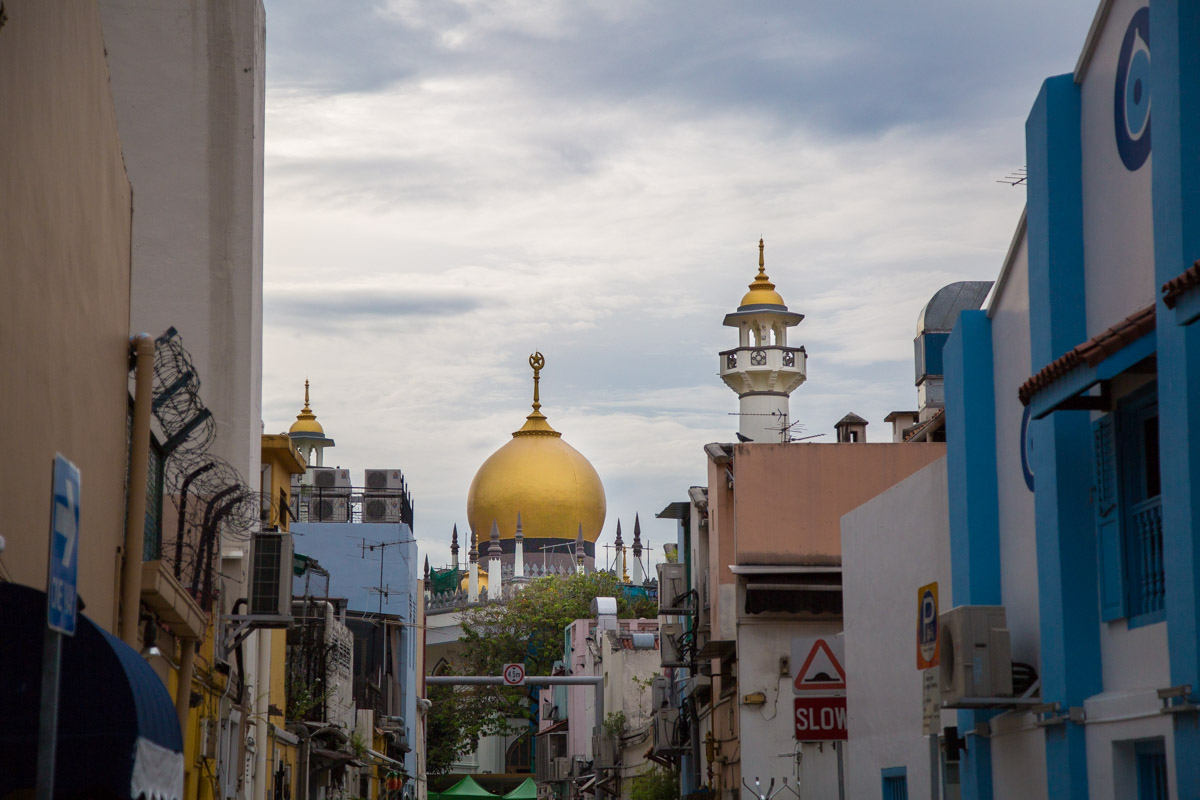
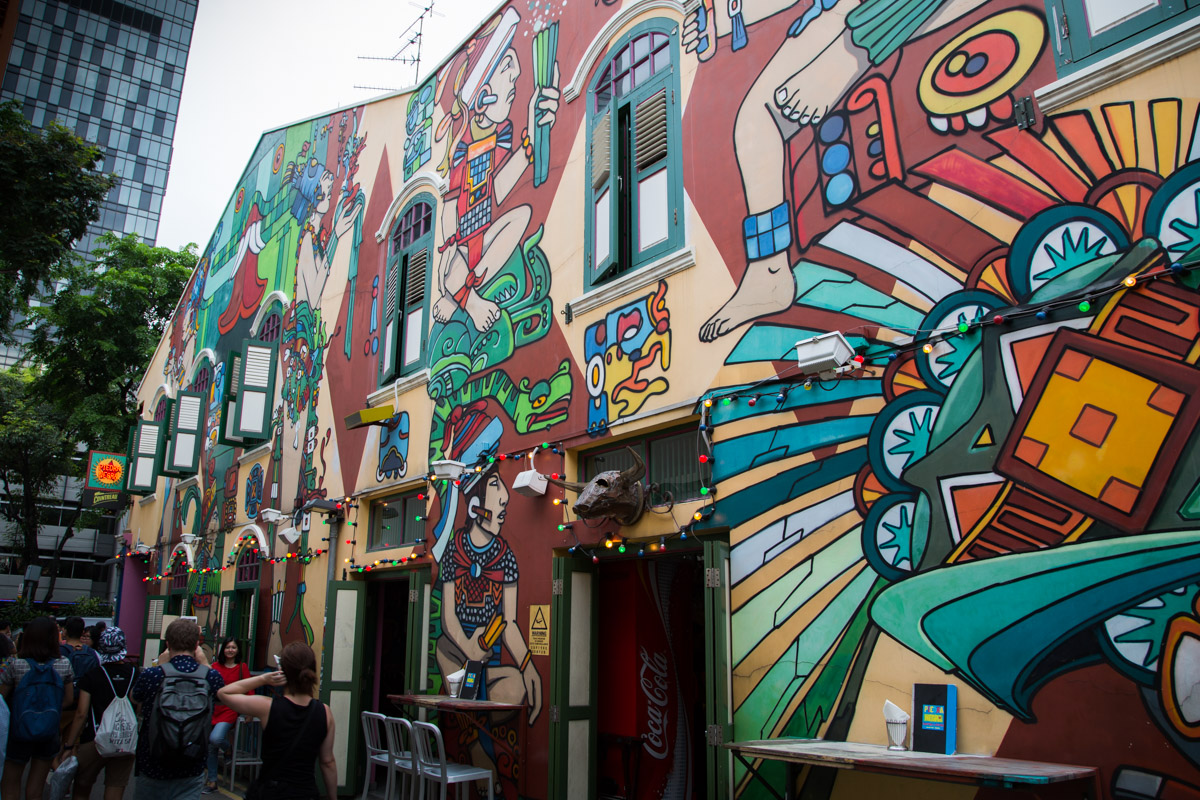
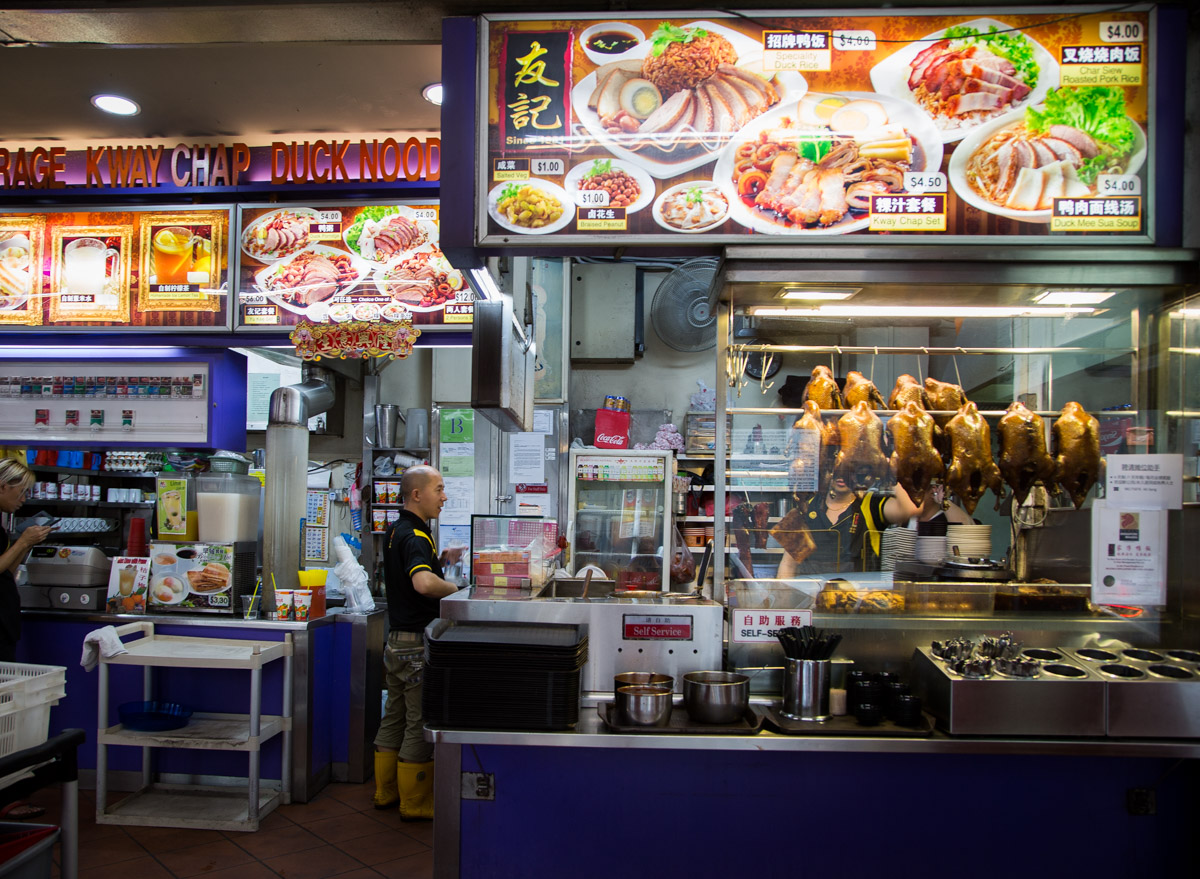
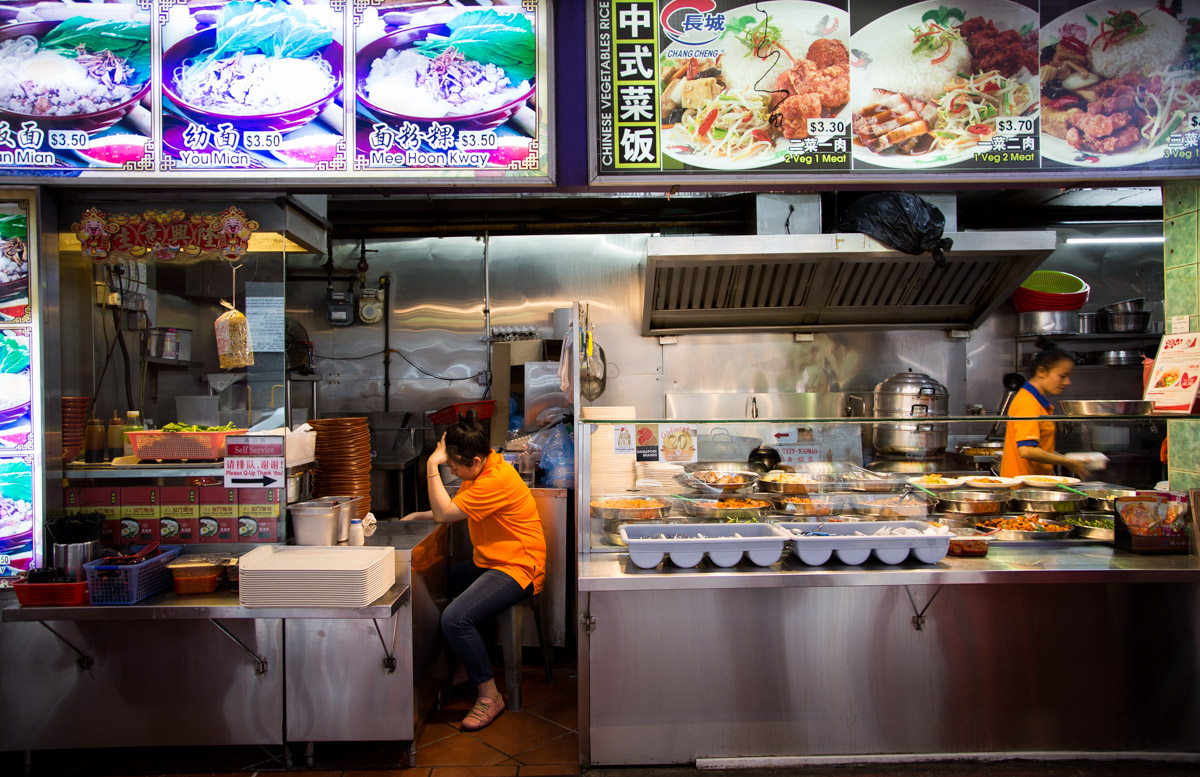
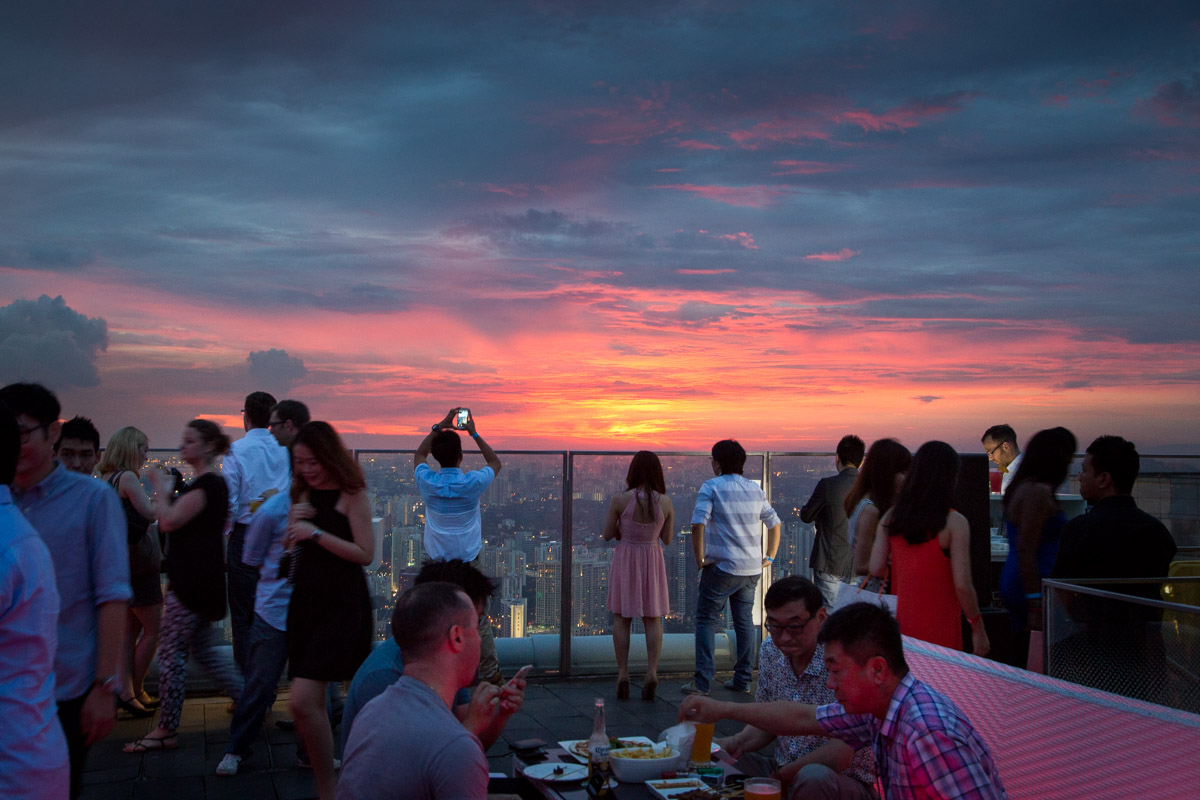
This Post Has 0 Comments